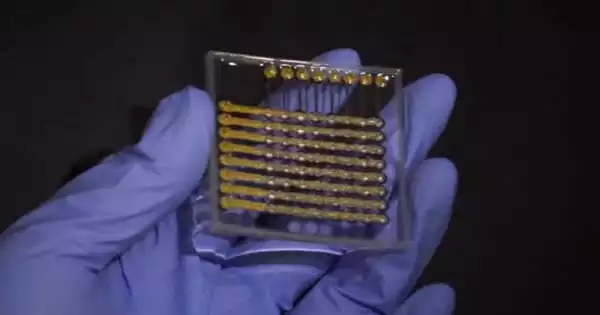A written grievance procedure, known to employees, can be very helpful in creating a positive atmosphere. It informs employees how they can obtain a hearing on their problems and it assures that, the owner/manager, become aware that the problem exists. When employees know that someone will listen to them, grievances are less serious and hearing a complaint carefully often is half the job of resolving it.
The 15th session of Indian Labor Conference held in 1957 emphasized the need of an established grievance procedure for the country which would be acceptable to unions as well as to management. In the 16th session of Indian Labor Conference, a model for grievance procedure was drawn up. This model helps in creation of grievance machinery.
The Model Grievance Procedure specifies the details of all the steps that are to be followed while redressing grievances.
The Grievance Procedure are:

STEP 1: In the first step the grievance is to be submitted to departmental representative, who is a representative of management. He has to give his answer within 48 hours.
STEP 2: If the departmental representative fails to provide a solution, the aggrieved employee can take his grievance to head of the department, who has to give his decision within 3 days.
STEP 3: If the aggrieved employee is not satisfied with the decision of departmental head, he can take the grievance to Grievance Committee. The Grievance Committee makes its recommendations to the manager within 7 days in the form of a report. The final decision of the management on the report of Grievance Committee must be communicated to the aggrieved employee within three days of the receipt of report. An appeal for revision of final decision can be made by the worker if he is not satisfied with it. The management must communicate its decision to the worker within 7 days.
STEP 4: If the grievance still remains unsettled, the case may be referred to voluntary arbitration.
















